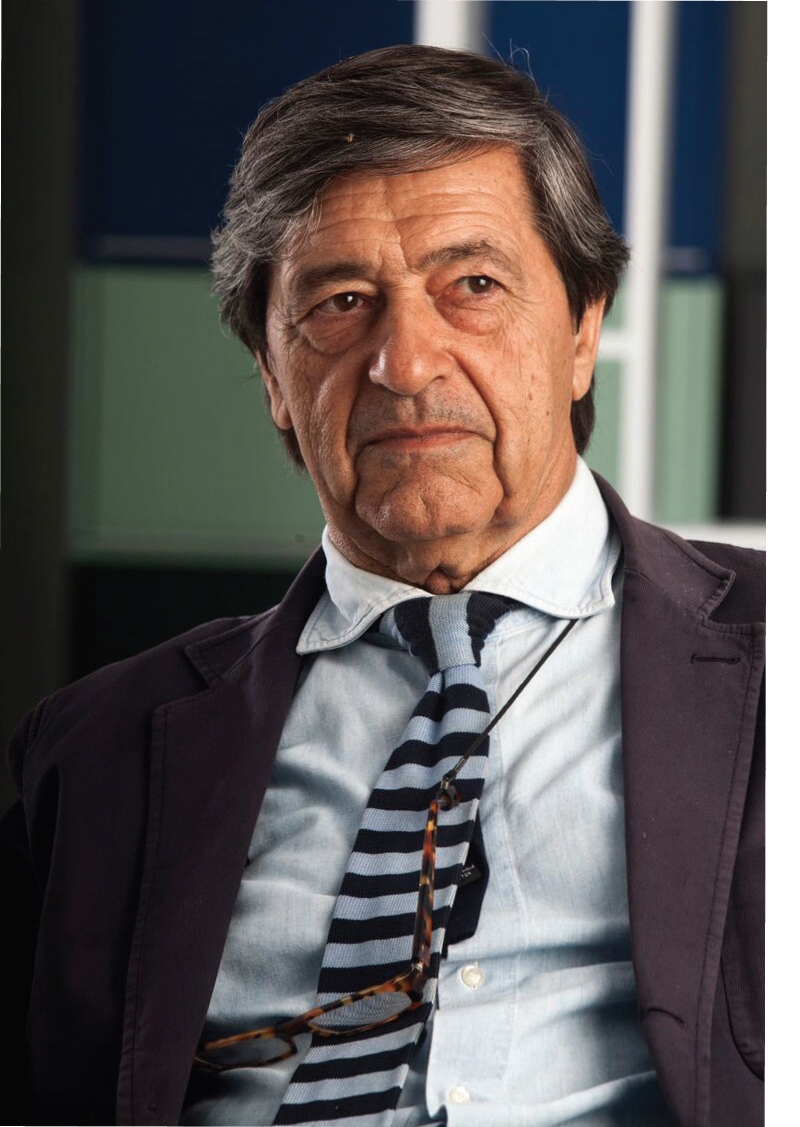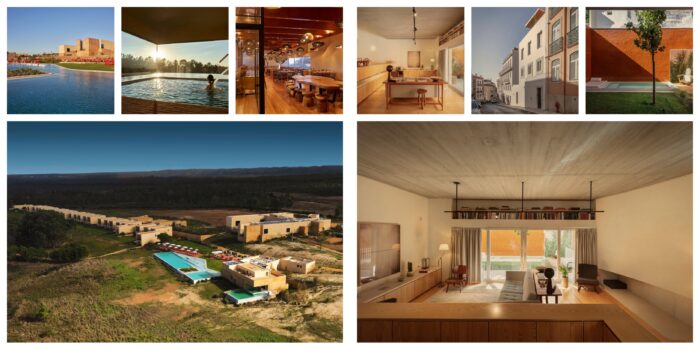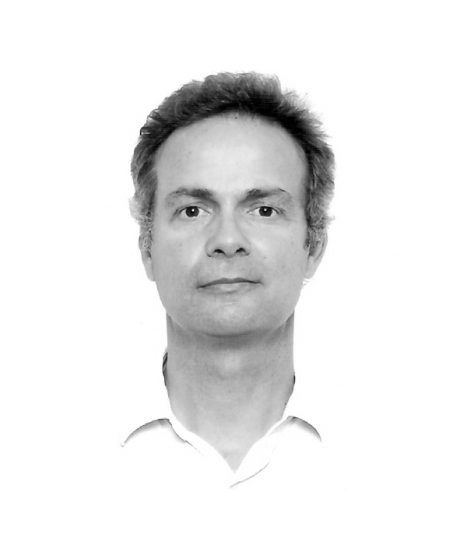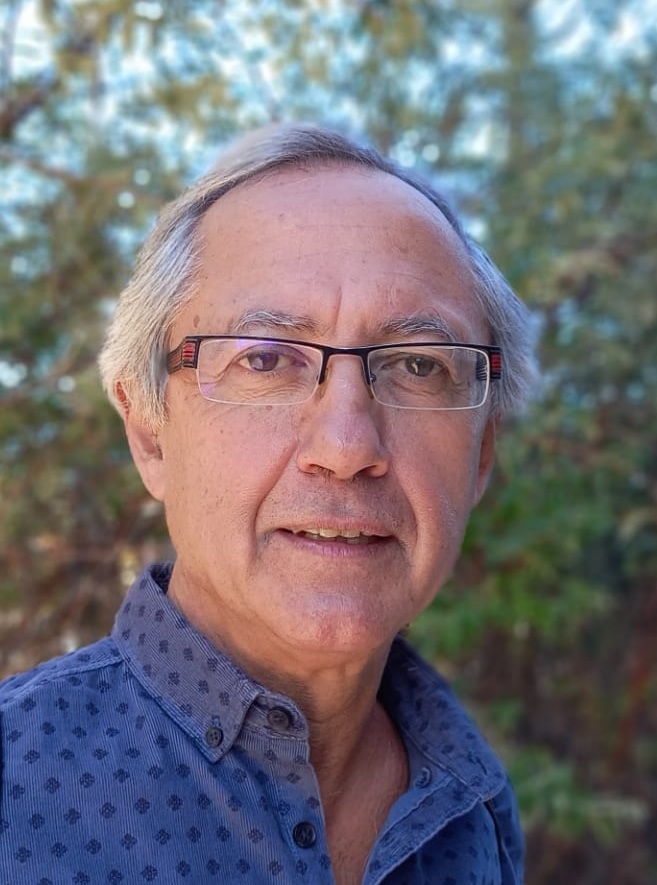A conversation with Arch. Miguel Arruda

A conversation with Arch. Miguel Arruda
‘The increase in tourism is an asset in building recovery, but it would also be a good opportunity for the implementation of new housing for former residents’
In the interview you gave to Betar for Artes&Letras in February 2014, you explained that you “had never thought of sculpturing”, however that was where your training began. After sculpture, the design followed and only after the architecture course, at 50 years old. How did you manage to combine these three distinct but at the same time complementary areas? Did you develop a special taste for any of them?
The synergies that exist between the three areas you refer to (sculpture, design and architecture), are in some way at the base of my creative process, interfering and compensating themselves in a continuous way. They are very different, either because of the scale or the complexity inherent to their creative process or because of the differences in the physical materialization of each one of them.
Regarding architecture, there is no need for presentations, having published in several articles of the specialty and, above all, being awarded in several competitions and nominated for the Mies Van Der Rohe Award. What moments would you highlight from your activity as an architect?
I can mention three buildings, the Expo98 Information Center (1996), which was my first project with considerable dimension after finishing the architecture course; Praça D. Diogo de Menezes in Cascais (2008), which was nominated for the Mies Van Der Rhoe award and which was a controversial proposal at the time, as it replaced the green surroundings of the fortress with a white concrete square with an intentional lighting design, but after his nomination for the Mies Van Der Rhoe award the public opinion calmed down; and finally the Fábrica das Palavras Library in Vila Franca de Xira (2016), a project with a formal concept and organization of its internal space as a very intentional geometry, but with a program of cultural use and transversal age by its users which, in addition to its fantastic location by the Tejo River, contributed decisively to its acceptance within the population.
Regarding built heritage recovery, an area where you have also developed several projects, do you feel that a good job has been done in Portugal? Is historical value preserved and a correct relationship with contemporary times made?
Yes, in general, I think it can be said that quality work has been done. As for the relationship with contemporaneity, it is a more complex matter and one that would eventually need a cultural policy with programmed objectives and with different engagement.
What do you think about Portugal’s growing exposure to tourism that led to a great wave of buildings being restored for that purpose, particularly in Lisbon and Porto? Could it be a problem or is it an asset in all aspects?
It is indeed an asset, regarding the buildings’ restoration, but it should be accompanied by a more demanding policy concerning the effective occupation of these areas of the city. It would also be a good opportunity for the dignified implementation of new housing for former residents, more appropriate to their age level and all the requirements that result from it.
In the design field, your international recognition has grown, with the attribution, in recent years, of the most important international awards. We are referring to the Spherical chair and the SUN TILE lamp, both produced by Portuguese companies. Tell us about these projects.
These are projects that are internationally recognized, but where the small size of our internal market and some difficulties in expanding in foreign markets hinder their effective commercialization.
I am currently designing a lighting project with the Italian firm Slamp, which, due to its size and structure of its staff, especially in Marketing, allows them a great dynamic both in Italy and abroad.
How do you see those recognitions?
The international recognition is always nice and makes me hope that it can be positive, both for the products I designed and for the creation of job opportunities for Portuguese designers.
However, alongside everything else, you still became a teacher. What are the advantages and difficulties that new architects currently encounter?
The greatest difficulty is perhaps the combination of what Corbusier called “Lá manuabilitá” and the entire computer process, mostly the recent developments. The increase in scale resulting from the globalization phenomenon raises questions regarding the individual creative journey, which may require a repositioning of the entire creative process. Recalling a phrase by the Sculptor Constantin Brâncusi “Les chose ne sont pas difícil à faire, ce que devient difícil cést de se metre en etat de les faire”, maybe here is the eternal answer to the complexity and contradiction of our creative process.
This interview is part of the Revista Artes & Letras # 113, November 2019
Partially automatic translation from portuguese: some expressions may differ from their actual meaning.
News & Interviews
Mies van der Rohe 2024 nominees
Praia do Canal Nature Resort and House in Santa Isabel, two projects with Betar structures, are among the projects listed. Read more
A conversation with Arch. José Barra
'Architecture is in a state of schizophrenia. One day it is euphoric for the two Pritzker prizes and the next day depressed because it realizes that has to emigrate to survive. ’ Read more
A conversation with Arch. Luís Cabral
‘Architecture that designs buildings can enclosure an environment without external factors, with lighting and air conditioning. Outside, you need to deeply understand the signs of the landscape. ' Read more




